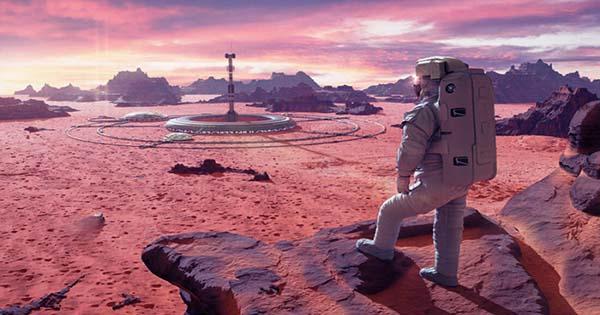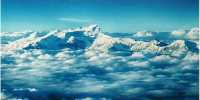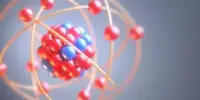While Perseverance is scrambling and testing various pieces of equipment to prepare for the start of its science mission to explore and explore the signs of ancient life on Mars, it has already begun to return some exciting information. At the top of incredible footage of perseverance nail-biting landings and any first audio return from Red Planet, it got back a stunning 360 panorama of its new home; including the first recording of a laser shoot on Mars, (it is a “snap!” Pew ”None) has split his first test drive around the Jezero Crater and distributed his first science results while testing his great science results.
Even after not working, it has managed to capture images and data from the surface of Mars that give the Home Rover team a lot of information about the situation on the dry planet. This is the first time the latest rape has seen the devil in perspective, it caught rolling across the dust behind his robotic arm, just 26 (Tuesday) later. By the way, it took 7 years to catch the first one. Some have sent back to Earth for processing, because of which this nifty of the devil has turned a little GIF to the right and created a whirlpool of dust in its path.
Dust devils made from pockets of warm air. Contact with warm soil can cause the air near the soil to heat up which is heated by the sun’s rays. Warm air is less dense than cold air, so climbing on top of it creates an update. If the conditions are right, that updraft may start to rotate. The rise of warm air causes more air to escape, creating a vortex.
Spinning combined with surface friction can produce a forward motion, which is why you often see them zip across the entire ground. There some conditions that increase the chances of dust being the devil and there are those on Mars. The flat, barren terrain increases the chances of warm air above the ground, helping to make the dust visible to the devil. The surface needs to be able to absorb a lot of the sun’s heat in order to heat the earth, and as Mars has a very thin atmosphere, so it does not have much to protect from the sun’s rays.
Finally, the cooler environment helps to make the ultimate difference between heated warm air and cooler air. Since the dust on Mars is able to study the devil, researchers there give all sorts of clues about the atmospheric conditions such as the direction and speed of the wind. They periodically clean the surface of the upper layer of dust and dirt falling from the atmosphere, making it suitable for any rover to close its own layers of dust.
The dust on Mars is much larger than the amount of devils that occur on Earth. They can reach altitudes of up to 8 kilometers (4.97 miles), creating hundreds of meters wide paths and extending up to a few kilometers. This means they can throw high dust into the atmosphere, which scientists can study over time to understand the impact of these events on Mars’ climate. In addition, they make great pictures.















